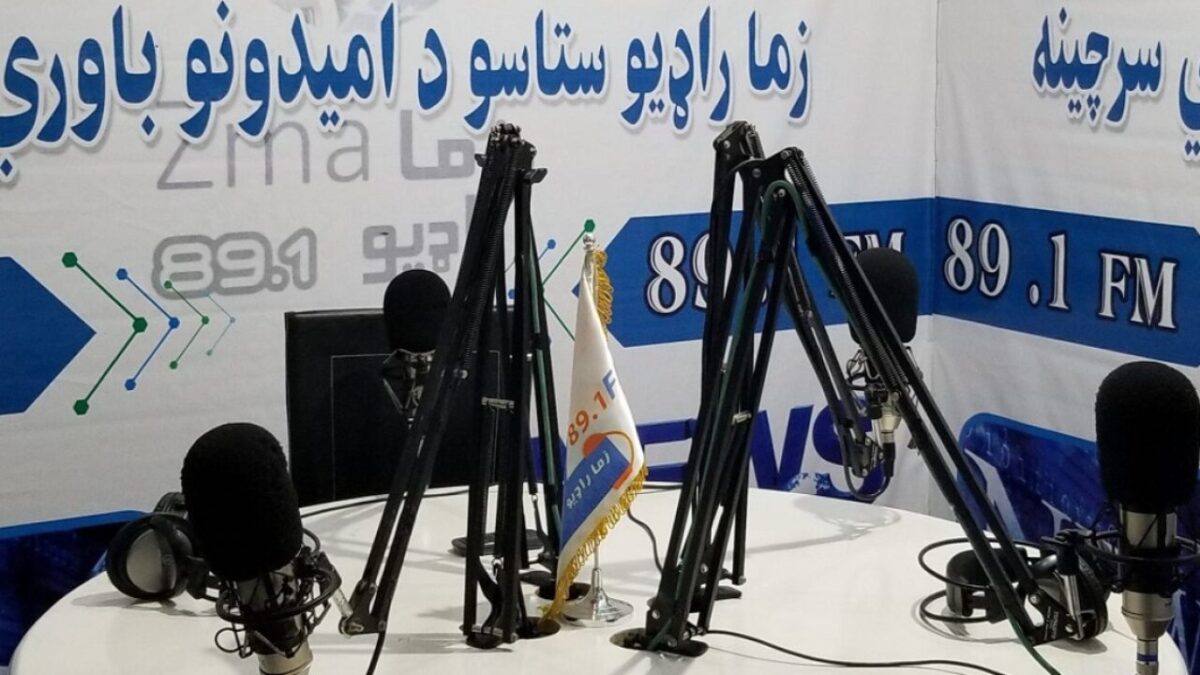KABUL, Afghanistan — Taliban have prohibited the publication of images depicting living beings — including humans and animals — in the northern provinces of Badakhshan and Jawzjan, according to local media sources.
The directive, issued by the Taliban’s provincial Departments of Information and Culture, was delivered this week following a meeting of the local Committee for the Promotion of Virtue and Prevention of Vice, sources familiar with the matter told Amu. The order was reportedly communicated to local media outlets on Wednesday.
According to those sources, the ban has been imposed “by force” and media organizations have been instructed to comply. Taliban officials warned that outlets found violating the restriction would face “serious consequences.”
In Jawzjan, Taliban representatives told journalists that the decision originated from Taliban supreme leader Hibatullah Akhundzada, and that all institutions must obey the directive without exception.
The policy marks an expansion of earlier restrictions on visual media under Taliban rule. Similar bans on broadcasting or publishing images of living creatures have previously been imposed in at least 13 other provinces, including Kandahar, Farah, and Helmand. Several outlets have reportedly been forced to close for noncompliance.
Media workers in the affected regions described the ban as part of a broader campaign of censorship and cultural suppression.
“This is aimed at erasing visual and cultural identity,” said one media employee, who asked not to be named for security reasons. “It’s not just a ban — it’s part of a policy of silencing and erasing public life.”
Rights groups have condemned the move, warning that it represents a further rollback of press freedom in Afghanistan and a violation of international human rights standards.
Organizations advocating for freedom of expression have previously criticized similar Taliban policies as contrary to the principles of free information and in breach of Afghanistan’s obligations under international human rights agreements.
Since the Taliban’s return to power in August 2021, Afghanistan’s media landscape has dramatically contracted. Hundreds of outlets have closed, and those that remain face strict content restrictions, arrests, and harassment of journalists, especially women.





